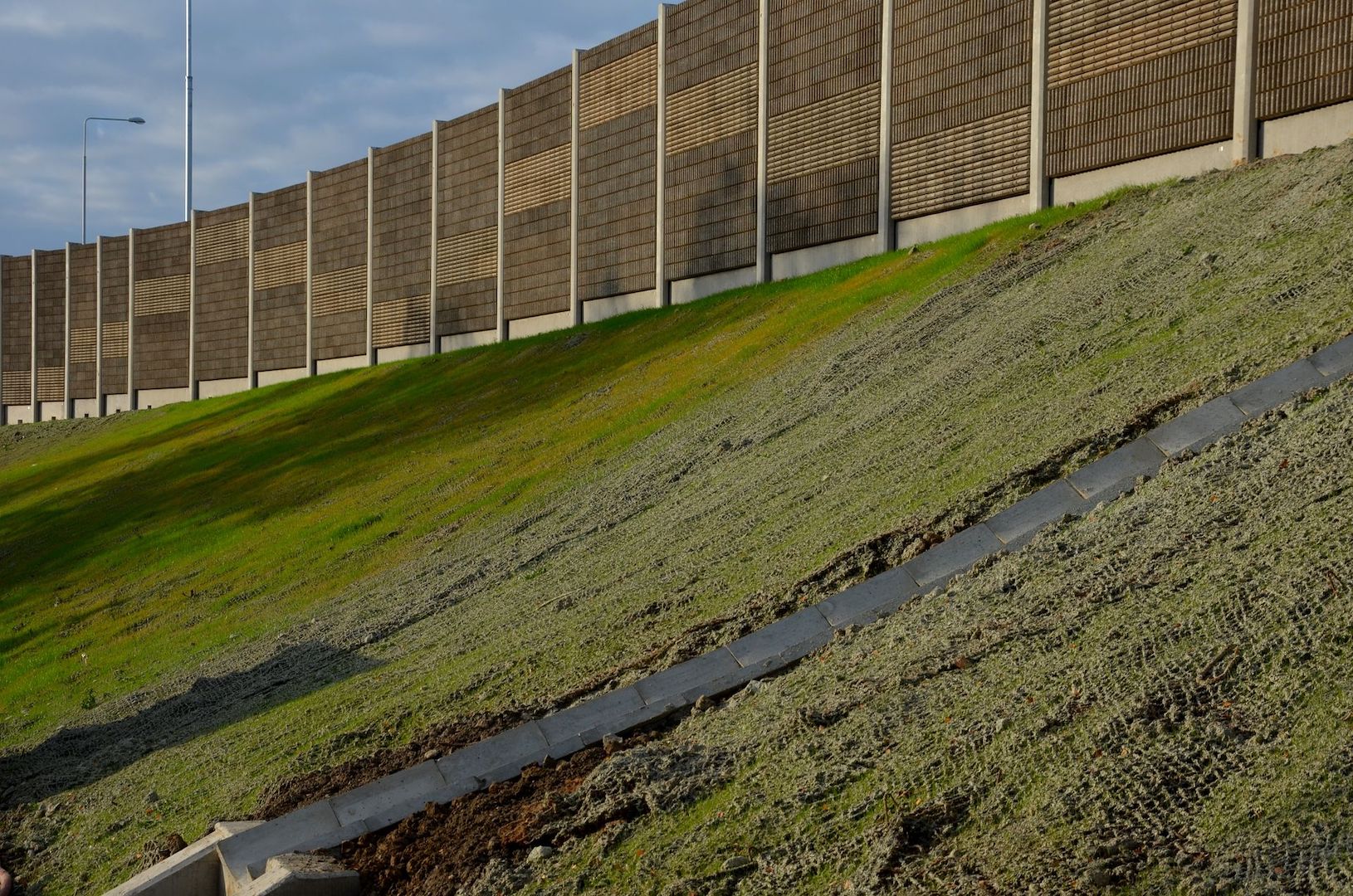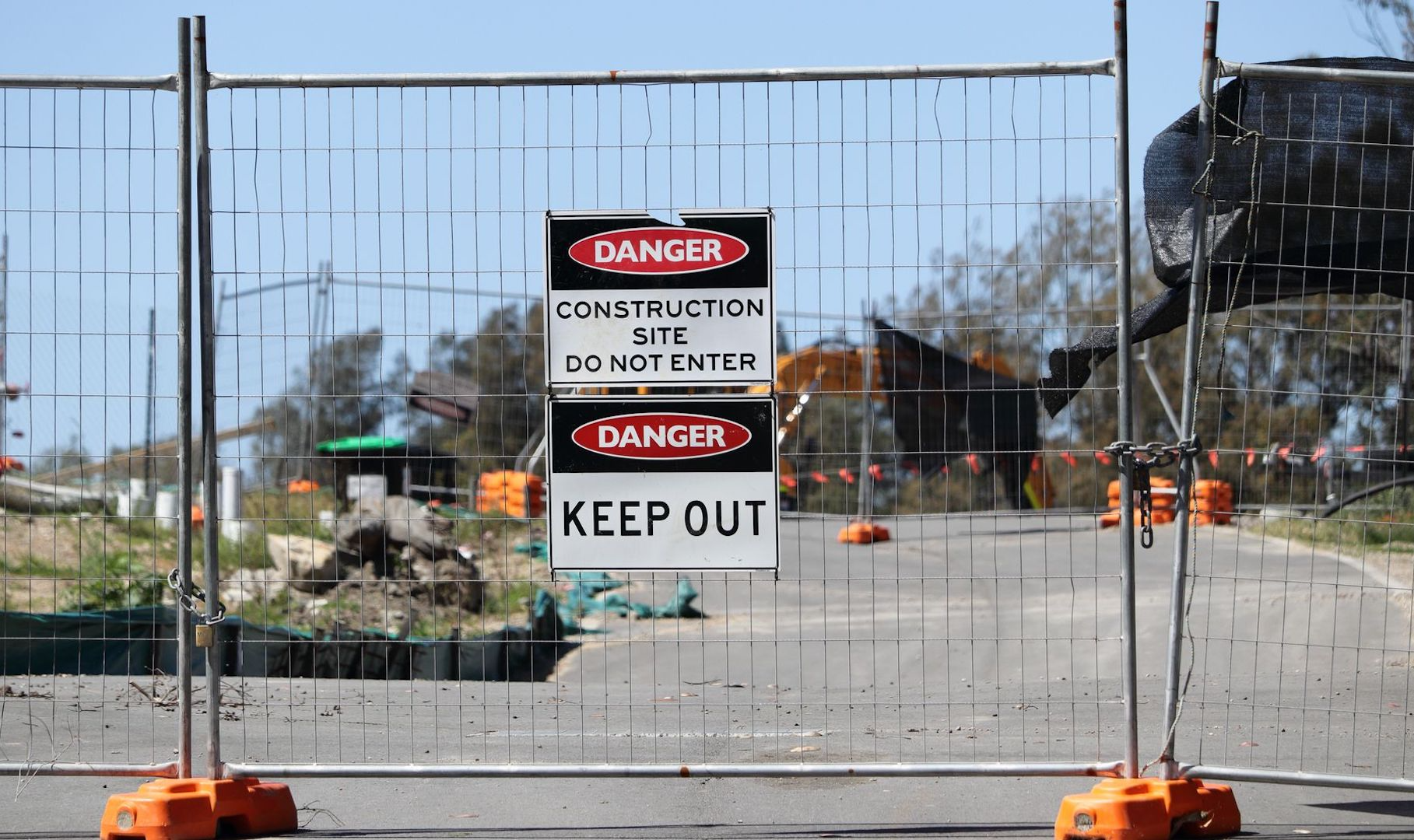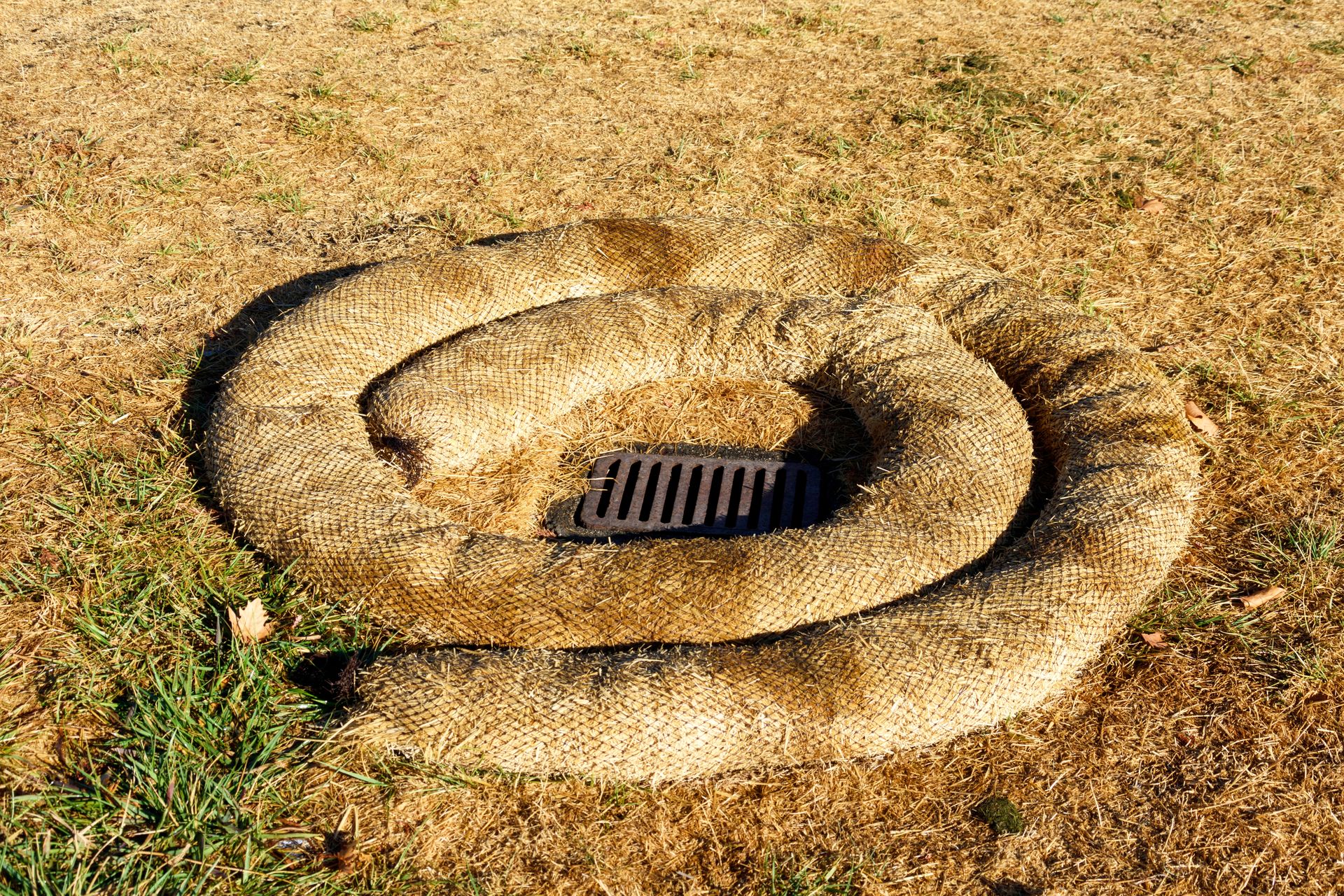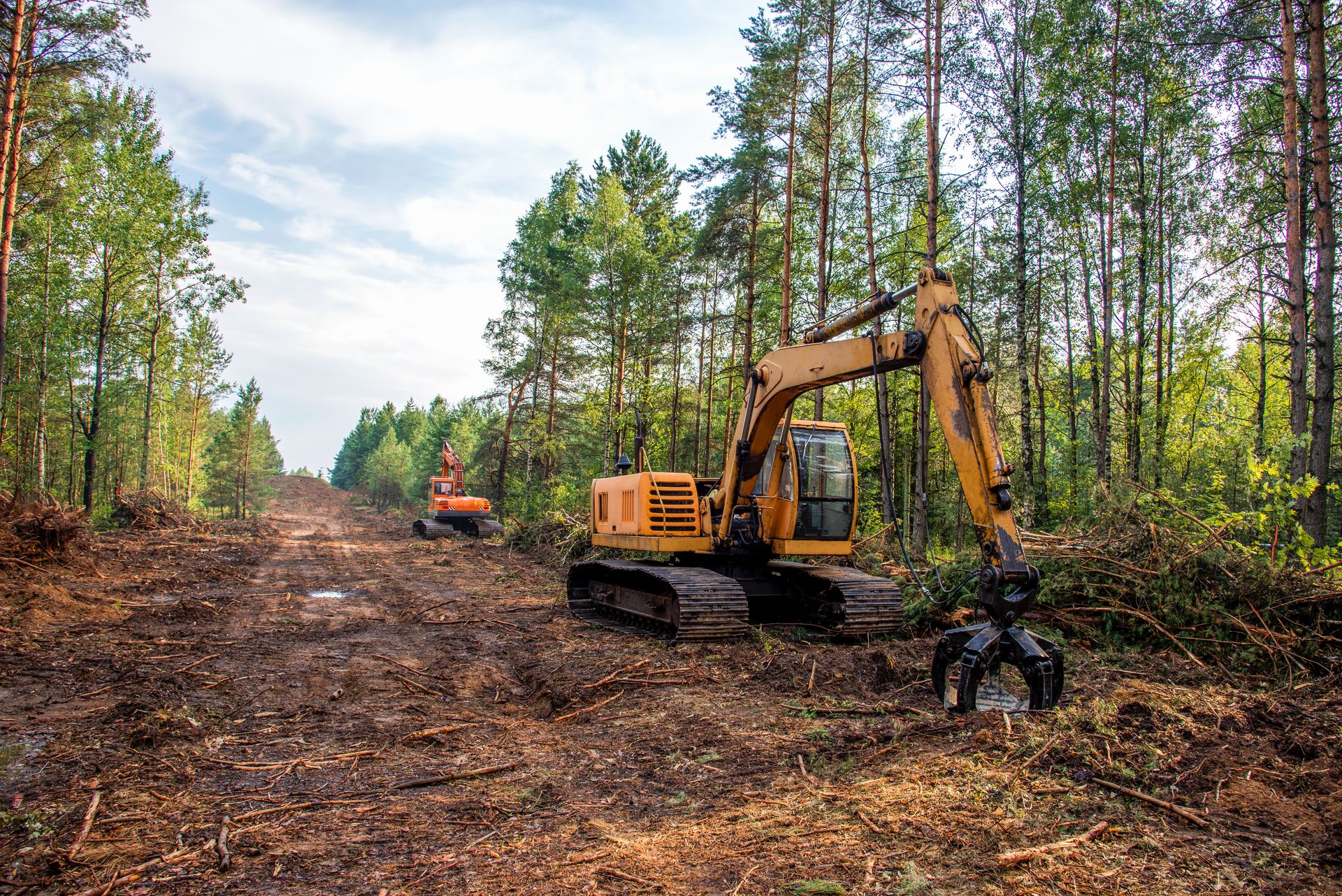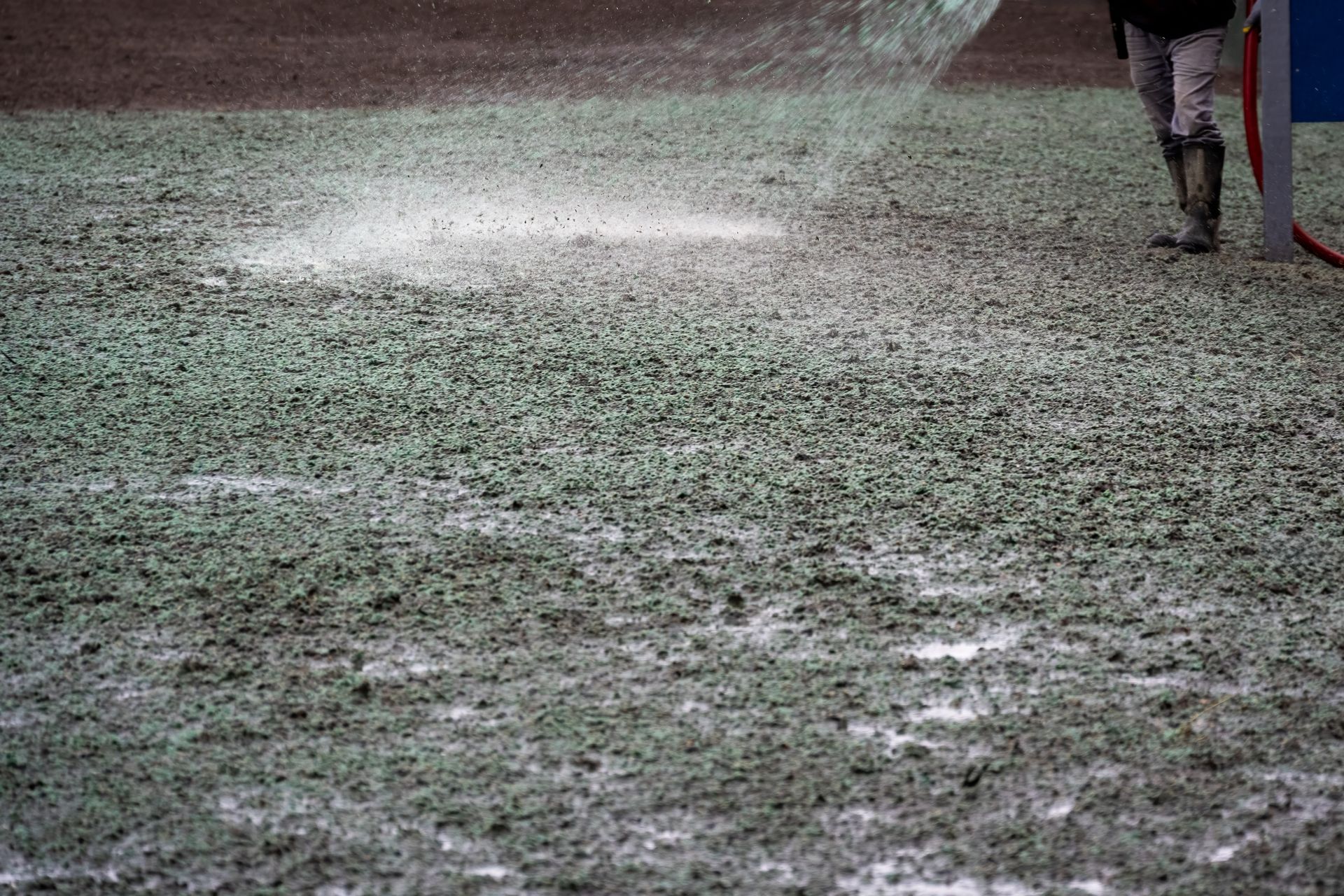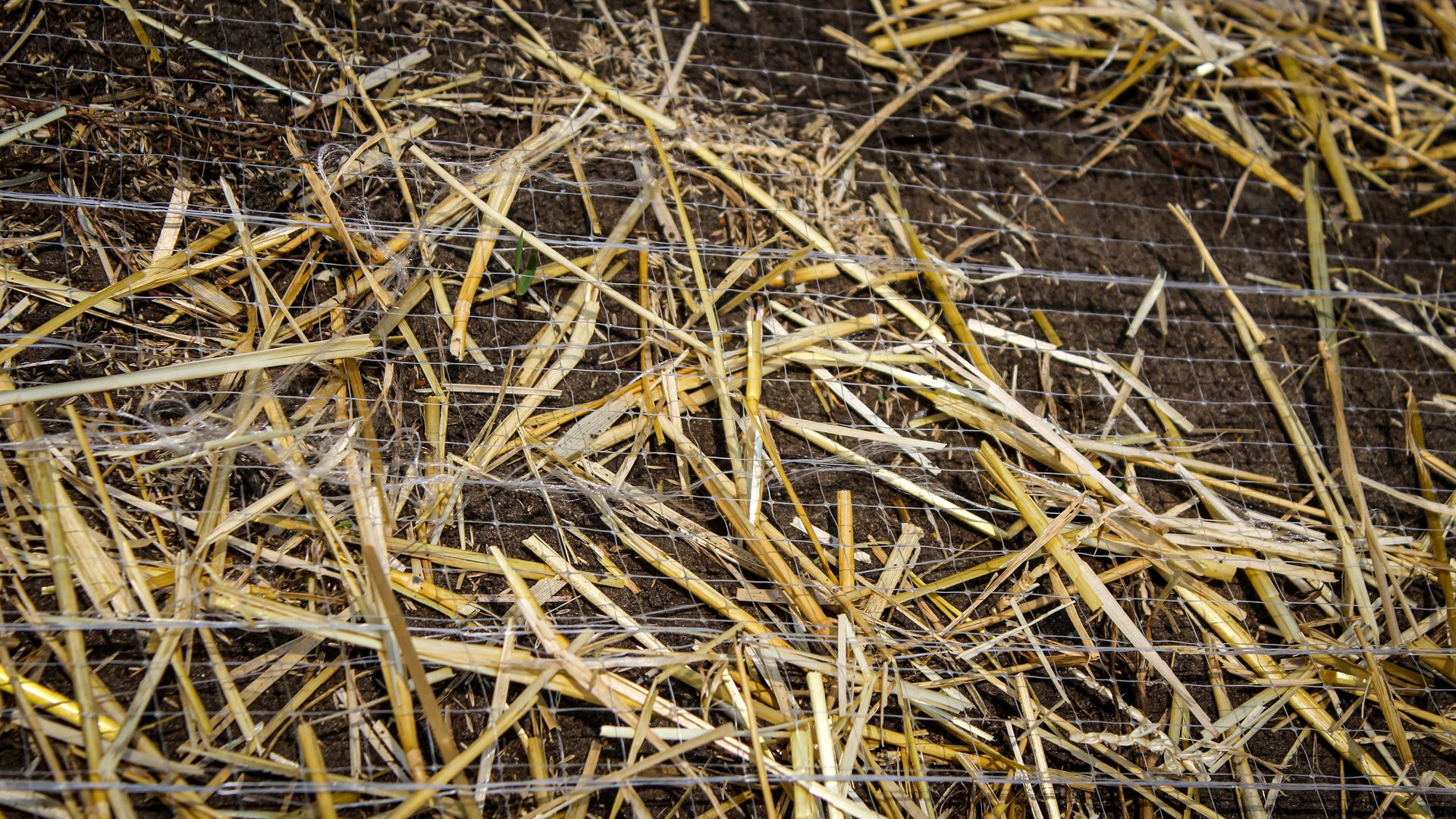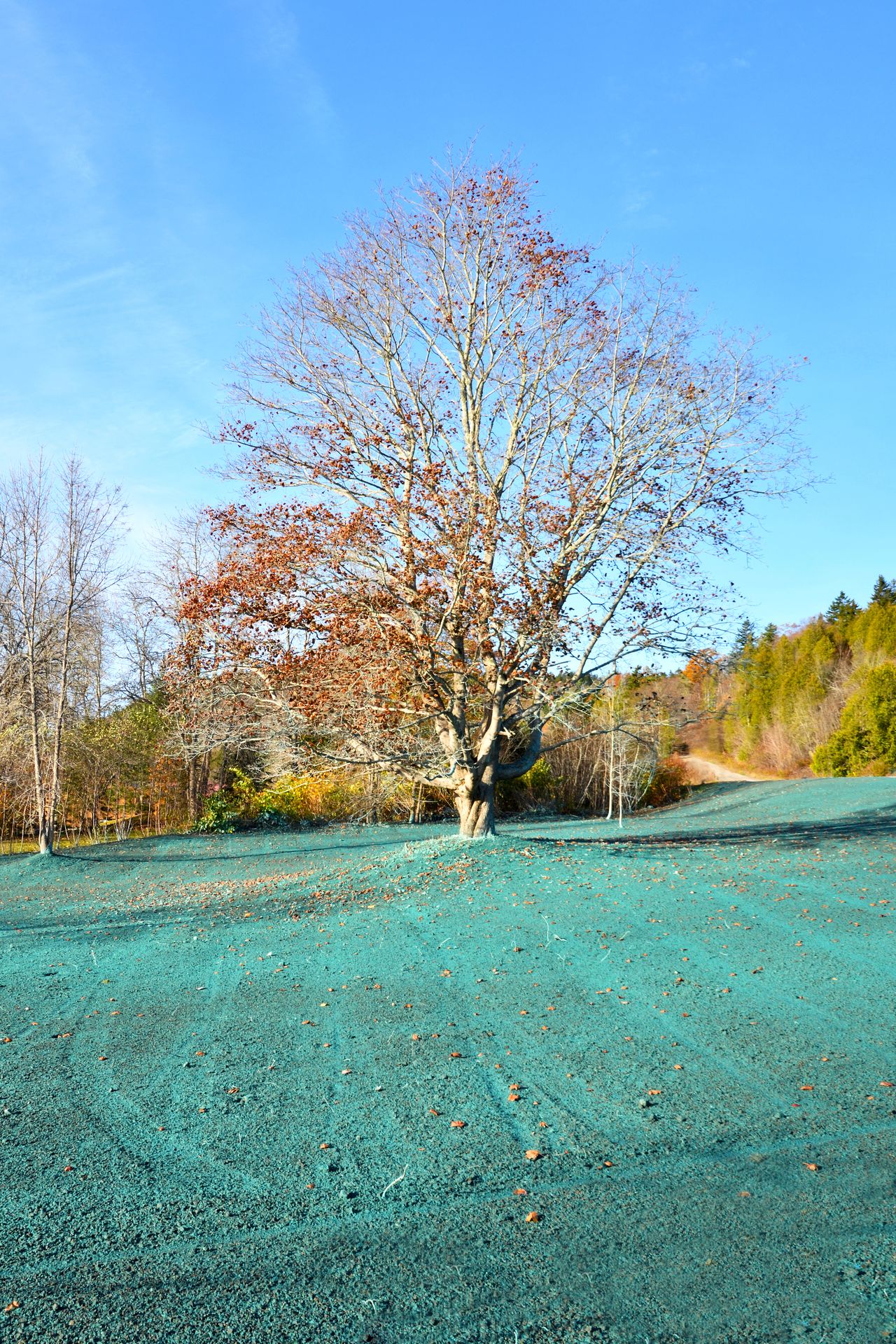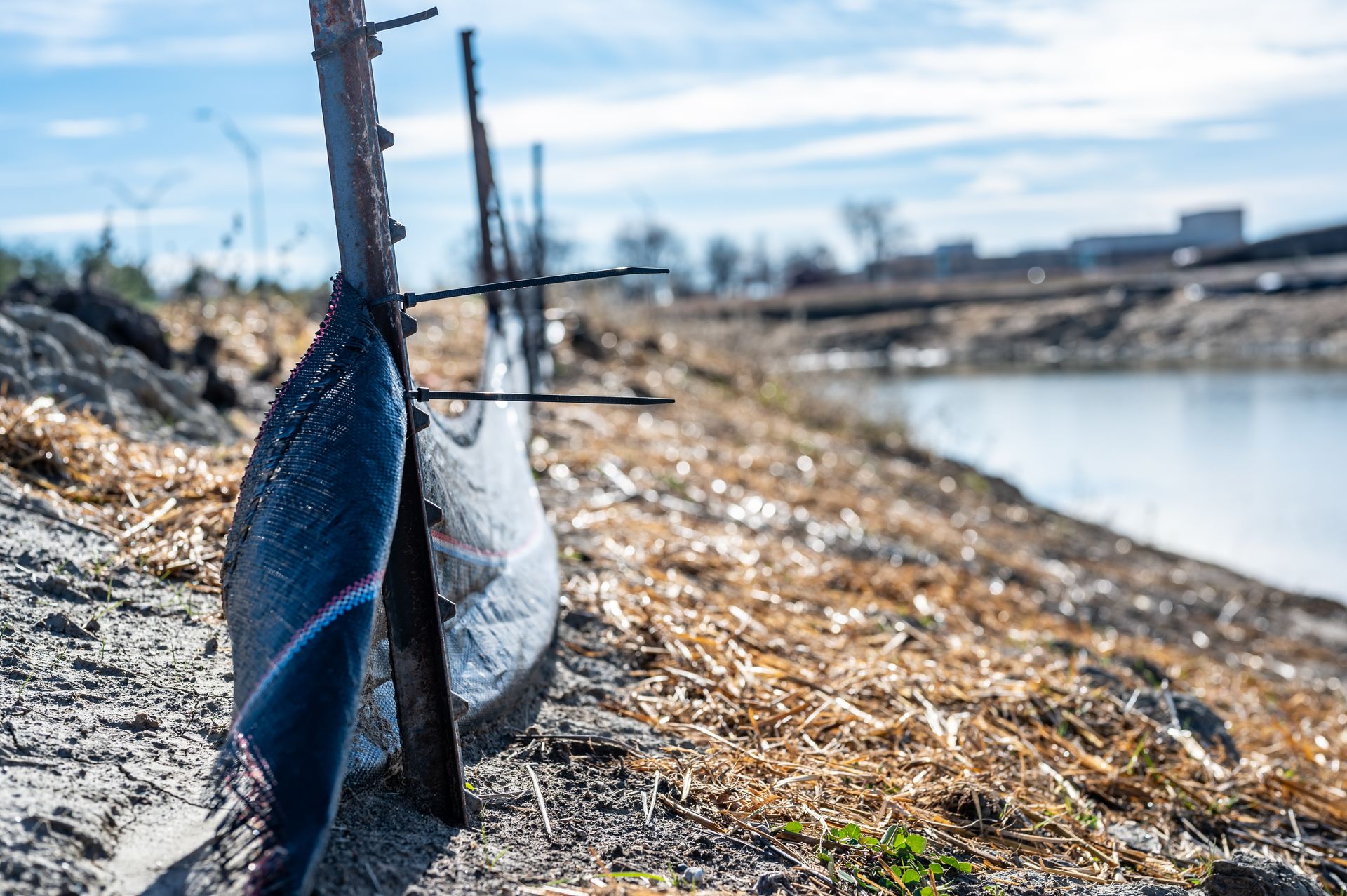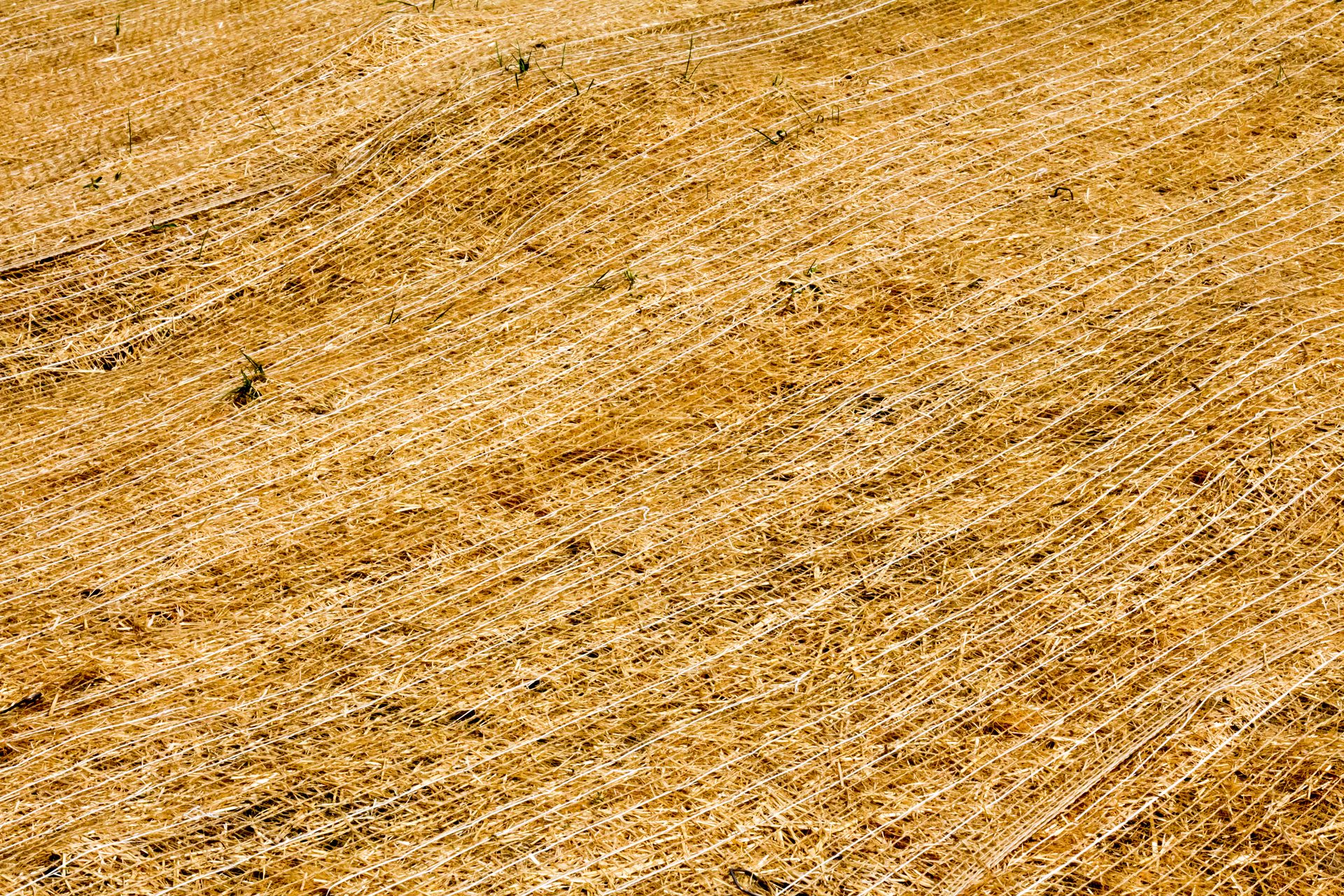Stormwater is one of the leading causes of water pollution in the United States. Excessive rain can flow over soil and hard surfaces, collecting contaminants, sediment, and debris that can run off into local forests and waterways.
For this reason, active workzones and many commercial and industrial facilities are required to put best management practices (BMPs) in place to reduce runoff, soil erosion, and sedimentation.…
read more
